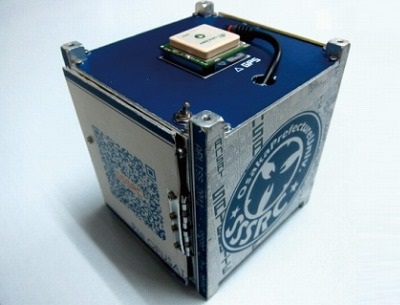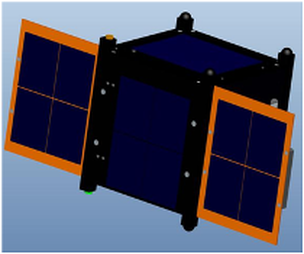OPUSAT


The Osaka Prefecture University Satellite is also a 1U CubeSat that will perform a technology demonstration mission with the primary task being the evaluation of a Lithium-ion Capacitor and Lithium-ion battery for application in space systems. Li-C allows long-term operation in deep charge-discharge cycles to prolong the life of electrical systems and spacecraft batteries. The system is light and can be used at a range of temperatures, requiring virtually no thermal control.
OPUSAT is equipped with two deployable solar panels to feed power to the experimental Electrical Power System EPS of the satellite. A Power Control Unit transfers power from the solar arrays to the satellite’s Power Distribution Unit that provides power to the various systems.
The PCU also manages the state of charge of the battery and transfers battery power to the PDU during orbital night. The Battery Assembly uses its own controller that regulates a Constant Current/Constant Voltage charger to charge/discharge the capacitor and provide power from the battery to the spacecraft.
OPUSAT uses a Maximum Power Point Tracker (MPPT). The MPPT is a critical component for optimized power generation as the satellite travels through different illumination and temperature environments. The combination of solar irradiation, temperature and total resistance determines the maximum output of the solar arrays which is being tracked to set the correct current to get the most power out of the arrays.
To correctly point the solar panels to the sun, OPUSAT processes data provided by a sun sensor and a magnetic sensor is used for Earth pointing. Attitude control is accomplished using magnetic torquers. OPUSAT also uses the amateur UHF and VHF bands for data downlink and command uplink.
